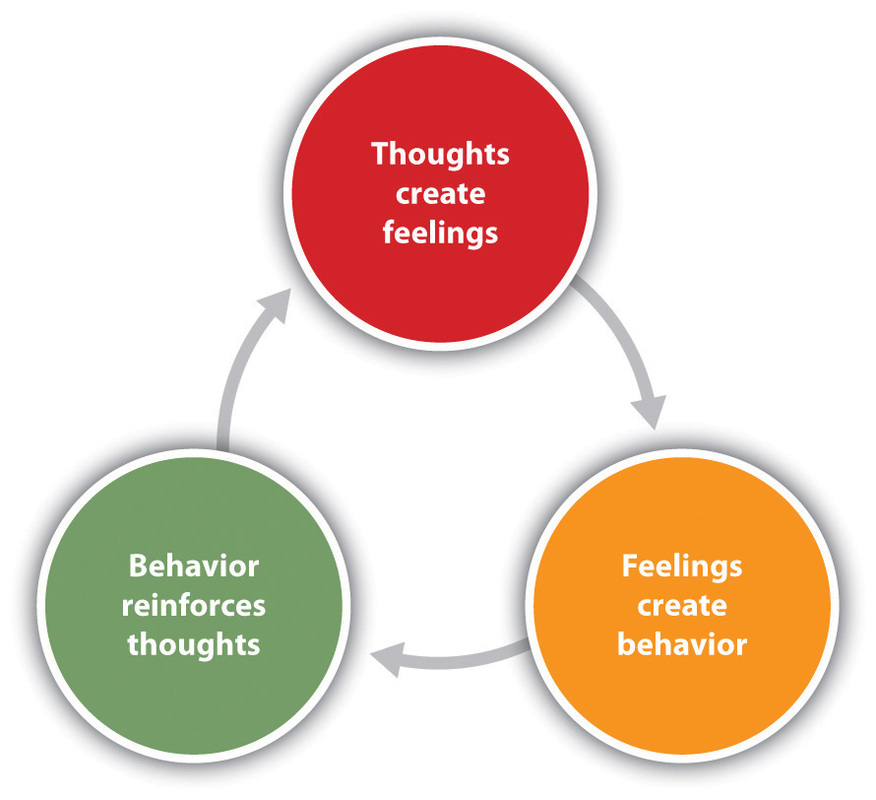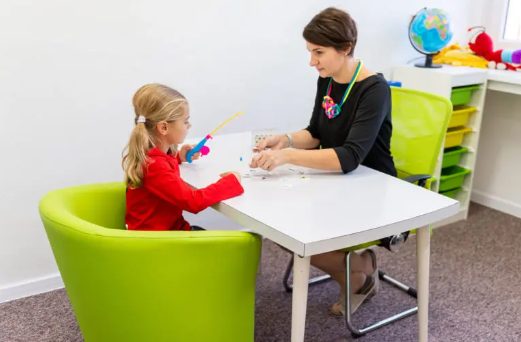
Parenting a child with autism brings its own set of challenges, especially when it comes to navigating sensory processing issues. Kids on the spectrum often experience sensory input much more intensely than their neurotypical peers. Sights, sounds, textures, and smells that may seem unremarkable to most people can be downright overwhelming or unbearable for a child with sensory differences.
If your child struggles with sensory processing, you’ve probably experienced your fair share of meltdowns, self-injurious behaviors, and other difficult situations. The good news is that with the right strategies and support, it is absolutely possible to help your child cope with their sensory needs in a healthy way!
Here are Some Practical Tips To Help With Your Child’s Sensory Needs
Minimize Sensory Overload
Over-stimulating environments like loud restaurants, shopping malls, or venues with bright flashing lights can trigger sensory meltdowns. Here, it is important to pay attention to your child’s triggers and avoid over-exposing them as and when possible. Your little one can significantly benefit from noise-canceling headphones, sunglasses, and other tools to reduce overwhelming input, especially when it is not entirely possible to steer clear of over-stimulating.
Take a look at the advantages of sensory play here: Advantages of Sensory Play: Fun Activities for Children with ASD
In addition, consider creating a calming sensory kit filled with items like stress balls, fidget toys, or weighted blankets to provide comfort during overwhelming situations. You can also establish a quiet retreat at home where your child can unwind and recharge away from stimuli, equipped with soothing activities like reading or listening to calming music.
The Beauty of Routines
Kids on the spectrum tend to thrive with predictable routines, schedules, and clear expectations. Establishing structured routines at home and school with plenty of opportunities for sensory breaks can go a long way in preventing meltdowns.
Read more about preparing your child for life transitions here: Preparing for Transitions & Life Changes: An All You Need To Know Guide
Prepare your child for disruptions to routines in advance whenever you’re able. Consistency in communication and reinforcement of expectations, especially when it comes to creating routines, can further support their understanding and comfort in various situations.
Addressing Sensory Processing Issues Through ABA Therapy
Applied Behavior Analysis (ABA) has been shown to be a highly effective therapy for children with autism, especially in terms of addressing sensory challenges. Through positive reinforcement techniques, ABA therapists can teach children new coping skills for managing anxiety and big emotions triggered by sensory input.
Professional ABA providers, such as those partnering with Early Autism Services (EAS), have significant expertise in curating personalized programs using evidence-based strategies; the approach has demonstrated high efficacy in terms of improving challenging behaviors and enhancing daily life skills.
ABA therapy typically involves breaking down complex skills into smaller, manageable steps, making it easier for children to learn and generalize new behaviors across different environments. Additionally, ABA therapists also collaborate closely with parents and caregivers in order to ensure consistency and generalization of skills outside of therapy sessions.
Early Autism Services (EAS) – Meeting Families’ Needs
At Early Autism Services, we understand the unique struggles and joys of raising a child on the spectrum. Our expert and compassionate team of board-certified behavior analysts (BCBAs) have specialized training and extensive experience in implementing ABA therapy tailored to each child’s sensory needs.
One of the biggest advantages of working with EAS is the comprehensive services we offer. In addition to center-based ABA therapy, we also provide play-based therapy, social skills groups, parent training, and so much more! Our expert professionals also collaborate closely with parents, equipping you with the strategies and support you need to reinforce progress and promote sensory success at home.
No matter where your child is on their journey, we meet you with open arms and a judgment-free approach – celebrating small wins, rolling along with setbacks, and partnering with your family for the long haul.
What’s Next?
There’s no sugar-coating the fact that sensory processing issues can make for some really tough days in autism family life; meltdowns, elopement risks, and self-injurious behaviors become exhausting to manage over time.
But with the right therapeutic and early interventions, tools, and support system, especially those provided by EAS, you can absolutely equip your child with coping mechanisms to navigate the world of sensory input. Celebrate each small step of progress, practice guilt-free self-care, and don’t be afraid to ask for help. (Request a Free Consultation)
It truly does take a village! Trust that you’ve got this, and your amazing kiddo has an incredible future ahead. Our professionals at EAS are here to support you every step of the way!
Contact us now for more information, and let’s get started with your first consultation call: +91 89291 53820










 During cognitive behavioural therapy sessions, your child works hand in hand with trained behaviour analysts, such as those at
During cognitive behavioural therapy sessions, your child works hand in hand with trained behaviour analysts, such as those at
























Recent Comments